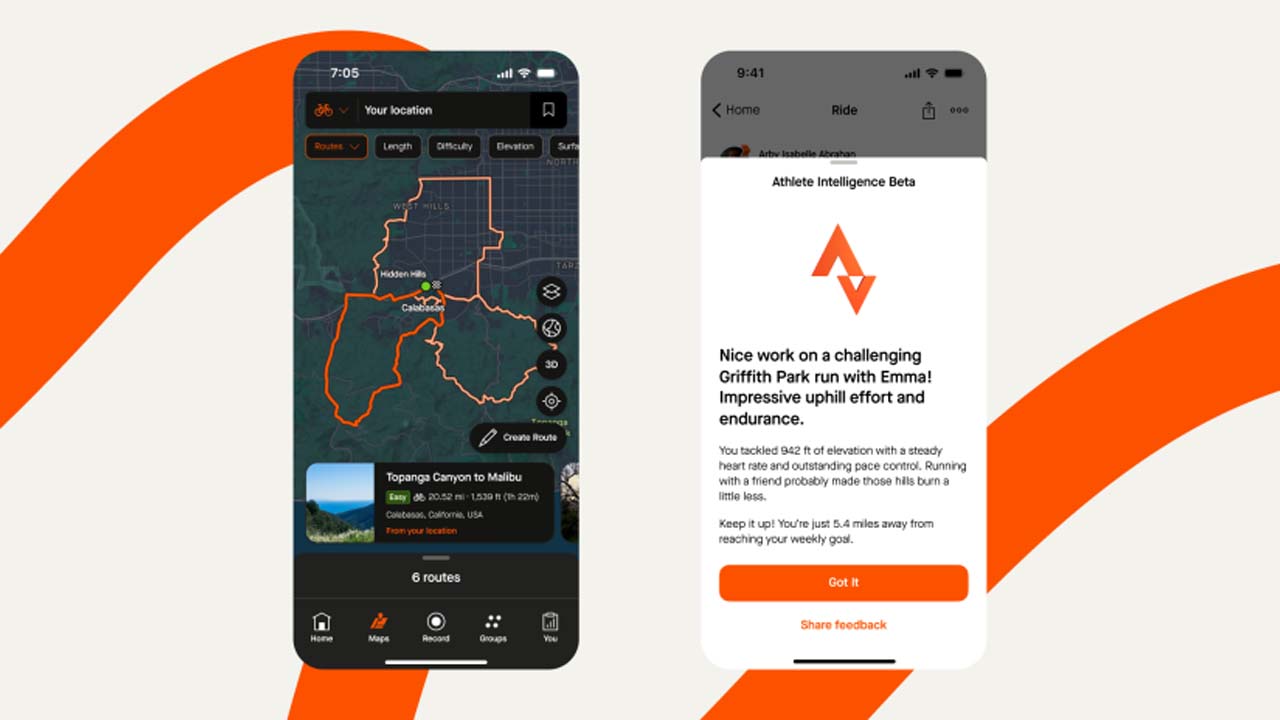News
Samsung showcases AI-enhanced TVs, Music Frame at recent SEA seminar
1st look at Samsung’s AI-enhanced TV lineup

Samsung showcased its latest AI TV technologies, as well as its new products at the recent Southeast Asia Tech Seminar in Bangkok, Thailand. During the two-day event last April, Samsung flaunted its cutting-edge 2024 lineup, including its 2024 Neo QLED 8K and 2024 OLED TVs. The Music Frame speaker and the company’s mobile security platform, Samsung Knox, were also among the highlights.
Samsung’s latest Neo QLED 8K lineup features the NQ8 AI Gen 3 processor, enabling more vivid and more precise pictures. The TVs’ processor also have 512 neural networks, eight times more than the previous generation processor. Moreover, the Neo QLED TVs support AI-powered features. These include 8K AI Upscaling Pro and AI Motion Enhancer Pro to bring the best visuals to date.
On the other hand, the 2024 Samsung OLED TVs upscale content to 4K resolution. That’s due to the NQ4 AI Gen2 processor. The products also feature OLED Glare-Free technology, reducing light reflection on the screen. This way, viewers can enjoy a more immersive experience minus the distraction.
Meanwhile, Samsung’s Music Frame, a new lifestyle product that functions as a frame-shaped speaker, was also introduced. It does not only blast high-quality sound from four directions, but it also doubles as a fashionable display as users may insert photos into its replaceable photo frame. The Music Frame is also powered by Dolby Atmos so users are assured of immersive spatial audio.
Lastly, Samsung announced that Samsung Knox has achieved CC certification, recognized by 31 countries as strengthening TV security measures for both software and hardware. Its mobile security platform, Samsung Knox has also been integrated to the company’s TV lineup for better protection.
Not sure which Samsung TV to buy? Watch our 2024 Samsung TV: Buyer’s Guide.


Strava is emerging as a top choice for runners worldwide. Though the app is rising in popularity, there are still some features that are notably missing. If you’re eagerly awaiting for a few to drop, the fitness app is rolling out highly requested features soon.
Naturally, the most requested feature is dark mode. Considered an essential these days, the mode is present in a lot of apps today. Finally, Strava is getting its own version. In an update coming later this summer, users can turn the lights off permanently or according to the device’s settings.
Though not the most highly requested feature, the app is also (inevitably) getting a healthy dose of AI. In Athlete Intelligence Beta, the service will use large language models to interpret and summarize a workout for users. Finished workouts won’t just be a series of arcane numbers anymore. The developing AI will translate these to language that any user can understand.
Additionally, Leaderboard Integrity will analyze recorded activities for any potential errors — intentional or otherwise. If the system detects that an activity feels improbable, it will alert users to change its classification or delete it altogether.
Finally, Strava is getting night heatmaps. Concerned users will soon have the ability to see the traffic in a particular trail between sunset and sunrise. If you’re concerned about the safety of a route, the app will notify you if a path is well-lit and well-travelled at night.
The app will launch these features soon for users worldwide.
SEE ALSO: Strava is getting a much-requested chatting feature

Another year, another interesting concept goes back to the warehouse. Five years ago, LG showcased a rollable OLED TV concept. At the time, the concept joined the trend of displays that just merged into your living room. Though LG Display soon put the concept up for sale, the experiment is now coming to an end. LG has cancelled the Signature OLED R TV.
For ages, LG has been known for its quirky form factor experiments. Who can forget the swiveling or the rollable smartphone? As you might know now, LG has since pulled out of the smartphone business, taking its lookers away from the market. The experiments never stopped, though. LG soon applied its design philosophies to its display business.
The Signature OLED R TV presented something unique but familiar to audiences. Though the form factor was certainly different, it was part of the ongoing trend for devices that could easily disappear into a room. Think of Samsung’s The Frame series of displays. Compared to Samsung, LG opted for a more mechanical approach to hiding its display when not in use.
However, according to the Korean publication Chosun, sales for the unique TV haven’t really gone well. As a result, the company is discontinuing the line. The set, which costed around US$ 100,000, is now unavailable for purchase.
Regardless, the company isn’t done with unique devices. It is reportedly scheduled to launch a transparent display later this year.
SEE ALSO: LG’s new 97-inch OLED TV displays media wirelessly
News
Android can automatically change your phone’s vibration strength
It’s called Adaptive Vibration

Vibration alerts are meant to be discreet. However, if your phone is on a hard surface, the formerly gentle buzz can turn into a jump scare. Now, as part of the ongoing developments for Android 15, Google is experimenting with a new feature called Adaptive Vibration.
Earlier this week, I/O 2024 introduced a host of features coming to Android 15. The most notable of which is an easier way to secure a device after it’s stolen. Days after the conference, the company is still introducing more features coming to this year’s major update.
As the name suggests, Adaptive Vibration will automatically adjust your phone’s vibration strength. Of course, even without the update, you can already manually adjust the strength per notification. In that way, you can easily tell what you’re getting, based on the strength of the vibration.
Adaptive Vibration works differently. The feature will use the phone’s microphone and other sensors to automatically determine the perfect vibration strength for where it is. For example, the phone will lower the strength if it detects that it’s on a table. Likewise, it will increase the strength if it’s on a soft couch.
To be clear, this feature is different from adaptive alert vibration. The latter turns down vibration strength if the phone is facing up. Adaptive Vibration, on the other hand, uses more context to determine strength.
The feature debuted in Android 15 Beta 2. Only testers will have access to the feature for now.
SEE ALSO: Android is making it harder for snatchers to steal your phone
-

 News6 days ago
News6 days agoA kid learned Tagalog just by watching La Luna Sangre on her iPad
-

 Reviews2 weeks ago
Reviews2 weeks agoXiaomi 14 Ultra Review: The Ultimate Camera Smartphone
-

 Reviews6 days ago
Reviews6 days agoInfinix NOTE 40 Pro review: Built to endure
-

 Gaming1 week ago
Gaming1 week agoROG Ally X announced
-

 Smartphones2 weeks ago
Smartphones2 weeks agoHMD Global revives the classic Nokia 3210
-

 Gaming2 weeks ago
Gaming2 weeks agoHades II is out now on Steam Early Access
-

 Gaming2 weeks ago
Gaming2 weeks agoHelldivers 2 review-bombed after Sony debacle
-

 Automotive2 weeks ago
Automotive2 weeks ago2024 Jeep Wrangler 4-Door Sport now in the Philippines



















